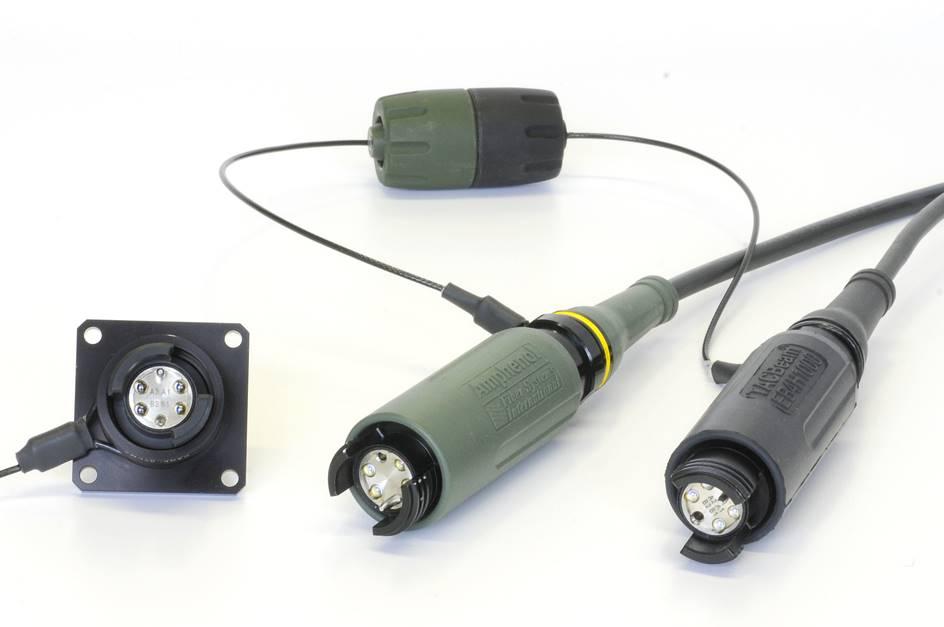Follicular Unit Transplantation (FUT) is a widely used and highly effective hair restoration technique that has helped countless individuals regain their hair and confidence. While FUT offers long-lasting results and a high success rate, it’s important to acknowledge that, like any surgical procedure, it comes with potential risks. Understanding these risks can help patients make informed decisions and take the necessary steps to mitigate them.
Common Risks Associated With FUT:
-
Scarring:
One of the most well-known risks of FUT is the formation of a linear scar at the donor site. Since the procedure involves removing a strip of scalp from the back of the head, a scar is an inevitable result. However, the size and visibility of the scar depend on the skill of the surgeon and how well the wound heals. In many cases, the scar can be hidden by surrounding hair, but in individuals with shorter hairstyles, it may be more noticeable. Advanced surgical techniques, such as the trichophytic closure, can minimize the appearance of scarring by allowing hair to grow through the scar tissue. -
Pain and Discomfort:
Although the FUT procedure is performed under local anesthesia, some pain and discomfort are common during the recovery period. Patients may experience soreness in the donor and recipient areas for several days after the surgery. Over-the-counter pain medications are typically sufficient to manage discomfort, but in rare cases, prescription painkillers may be needed. -
Infection:
As with any surgical procedure, there is a risk of infection with FUT hair transplants. The scalp is particularly vulnerable as it is exposed to sweat, bacteria, and other external factors. To minimize the risk of infection, patients are usually prescribed antibiotics after surgery and advised to keep the scalp clean. Following post-operative care instructions is crucial in preventing infection and ensuring a smooth recovery. -
Shock Loss:
Shock loss refers to the temporary shedding of both transplanted and existing hair following a hair transplant procedure. This phenomenon occurs as a result of trauma to the scalp during surgery and can be distressing to patients. However, shock loss is typically temporary, and most hair that is shed during this phase will regrow within a few months. It is important to manage expectations, as this is a natural part of the healing process. -
Numbness:
Some patients report experiencing numbness around the donor area after FUT. This occurs because nerves in the scalp are affected during the removal of the donor strip. In most cases, the numbness is temporary and resolves within a few weeks to months as the nerves heal. However, in rare cases, some patients may experience longer-lasting or even permanent numbness in the affected area. -
Scalp Tightness:
After the strip of skin is removed from the donor area, the scalp is sutured together. This can cause a sensation of tightness in the scalp, particularly around the donor area. While this tightness usually subsides within a few weeks, some patients may find it uncomfortable during the initial healing period.
Rare Risks and Complications:
-
Poor Graft Survival:
While the success rate of FUT is generally high, there is a small risk of graft failure where some of the transplanted hair follicles do not survive. This can be caused by improper handling of the grafts during surgery or poor post-operative care. Patients should carefully follow their surgeon’s instructions to ensure the best chance of graft survival. -
Unsatisfactory Aesthetic Results:
In rare cases, patients may not be satisfied with the aesthetic results of their FUT procedure. This could be due to improper placement of grafts, unnatural hairline design, or inadequate coverage. Choosing an experienced and reputable surgeon significantly reduces the risk of unsatisfactory results.
Minimizing Risks:
To minimize the risks associated with FUT, patients should:
- Choose a qualified surgeon with extensive experience in performing FUT hair transplants.
- Follow post-operative care instructions diligently, including keeping the scalp clean and avoiding strenuous activities that could strain the healing process.
- Attend follow-up appointments to monitor healing and address any concerns promptly.
Conclusion:
While FUT hair transplants are generally safe and effective, they do come with some risks, including scarring, infection, and shock loss. Most of these risks can be minimized by choosing a skilled surgeon and adhering to proper post-operative care. By being aware of the potential complications and taking proactive steps to mitigate them, patients can achieve successful and lasting results with FUT.
For more information vist Enfield royal clinic.






